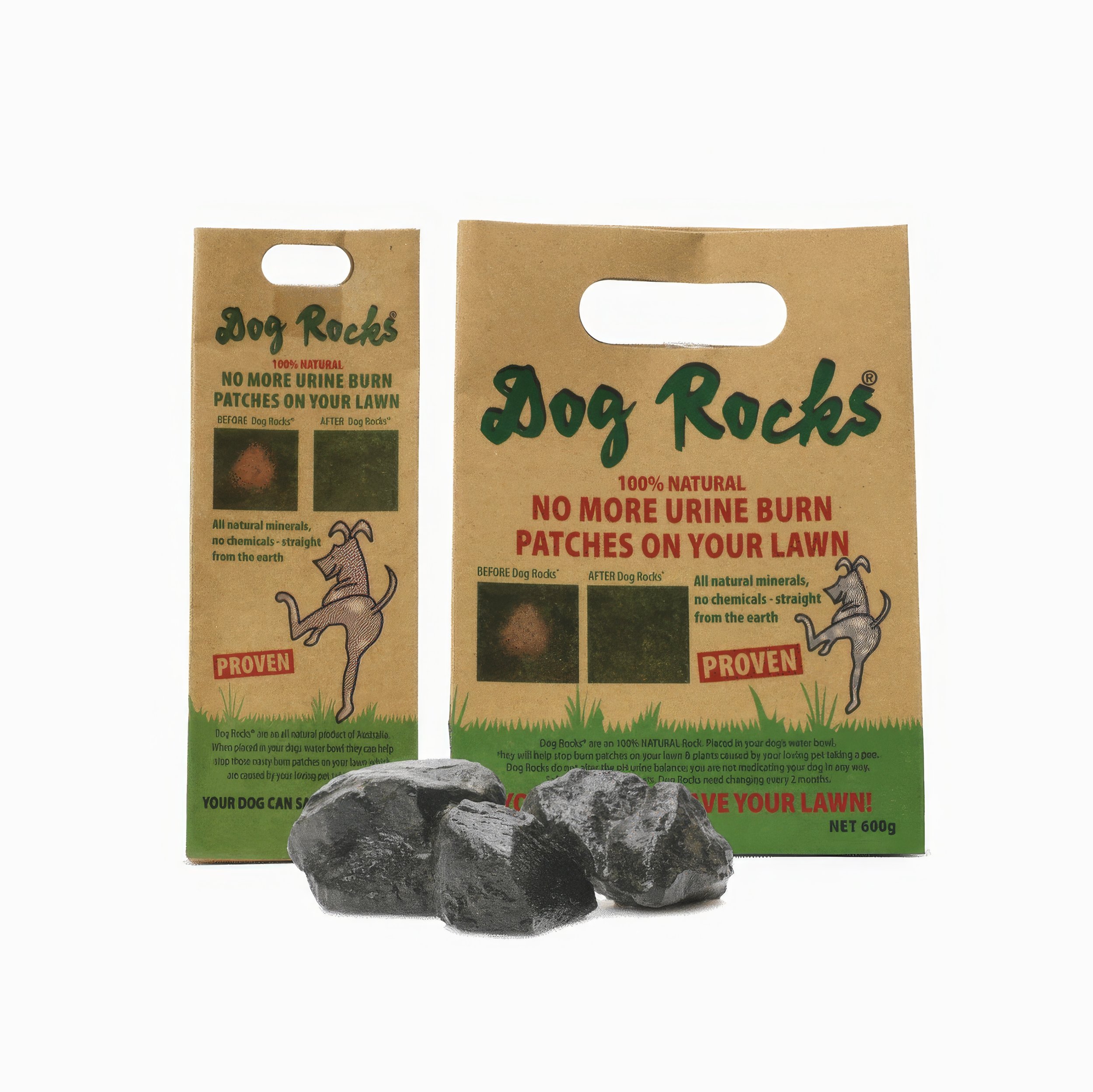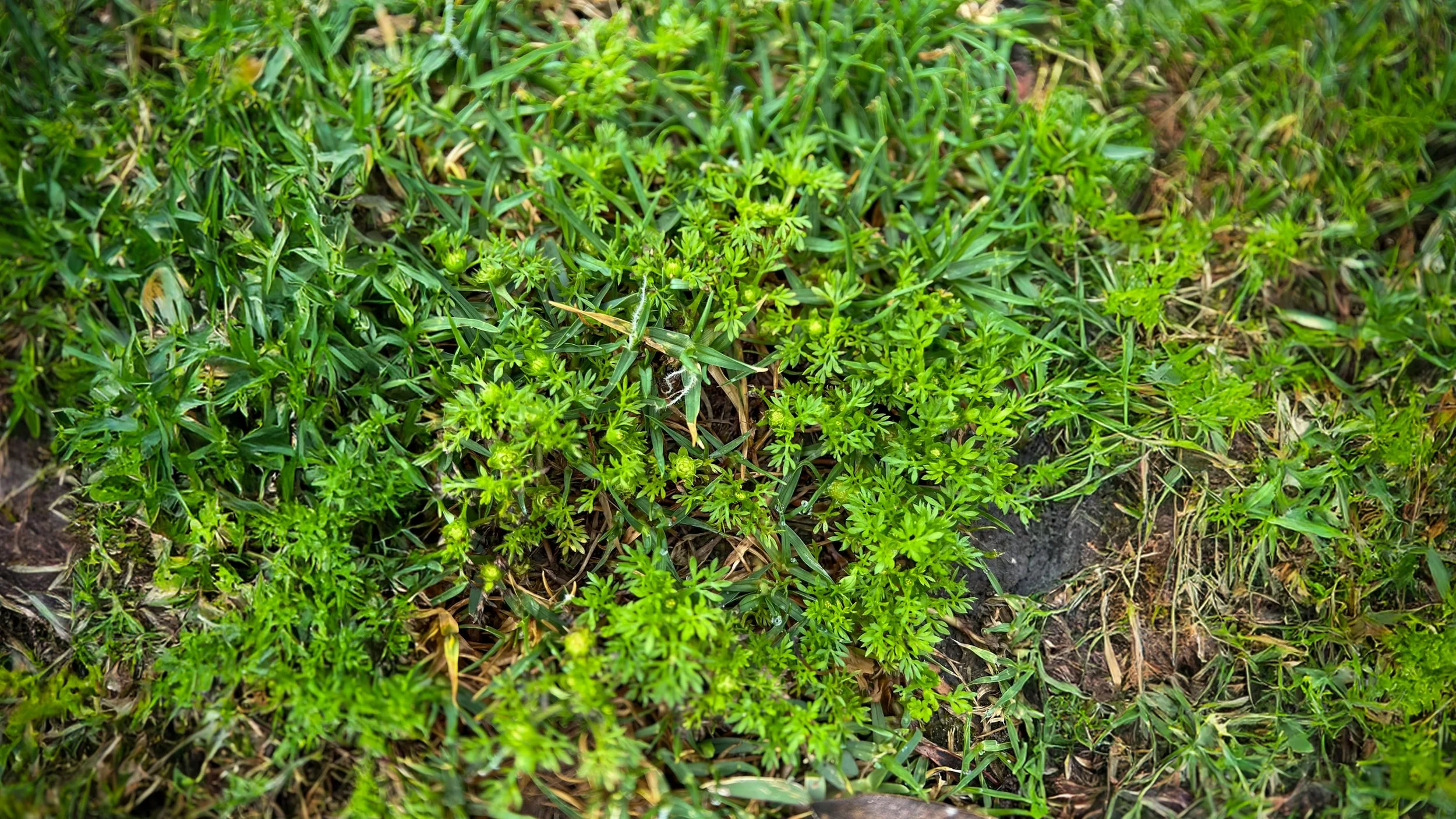Understanding and Managing Armyworms in Canberra Lawns
Maintaining a lush, green lawn in Canberra requires vigilance against various pests, with armyworms being among the most destructive. These caterpillars can rapidly transform a healthy turf into a patchy, brown landscape if not promptly addressed. This comprehensive guide explores the nature of armyworms, their impact on lawns, and effective strategies for prevention and control, ensuring your lawn remains vibrant throughout the year.
What Are Armyworms?
Armyworms are the larval stage of certain moth species, notably the fall armyworm (Spodoptera frugiperda). These caterpillars are typically green to brown or black, featuring distinct white stripes along their sides and back. A notable characteristic is an inverted 'Y' marking on their head. Adult moths have a wingspan of about 3-4 cm and possess greyish-brown wings. The life cycle of armyworms includes four stages: egg, larva (caterpillar), pupa, and adult. In warm conditions, this cycle can complete in as little as 30 days, with female moths laying eggs in clusters on grass blades. Upon hatching, the larvae begin feeding on the lawn, maturing rapidly and causing significant damage.
Identifying Armyworm Infestations
Early detection is crucial to mitigate the damage caused by armyworms. Key indicators include:
Discoloured Patches: Sudden appearance of brown or straw-like areas in the lawn.
Skeletonised Leaves: Grass blades that appear chewed, leaving only the midribs.
Increased Bird Activity: Birds, such as magpies, feeding on your lawn may indicate the presence of armyworms.
Silken Cocoons and Droppings: Presence of silk webbing and green-yellow pellet droppings on the lawn surface.
Lifecycle and Behaviour
Armyworms are primarily nocturnal, feeding on grass during the night and seeking shelter in the soil or thatch during the day. Their rapid development means that significant lawn damage can occur in a short period, especially during the warmer months when their activity peaks.
Preventative Measures
To safeguard your lawn from armyworm infestations:
Regular Monitoring: Conduct routine inspections, especially during spring and summer. At night, use a bright torch to detect caterpillars or moths. The soapy water method can also be employed: mix water with dishwashing detergent and pour over a section of the lawn; caterpillars will surface if present.
Lawn Maintenance: Mow the lawn regularly to reduce egg-laying sites and remove excess thatch to eliminate hiding spots. Avoid overwatering, as moist environments attract egg-laying moths.
Lighting Control: Minimise the use of bright outdoor lights at night, as they attract adult moths.
Treatment Options
If an infestation is detected:
Professional Lawn Care Services: Engage experts like The Lawn Firm, who can assess the situation and apply appropriate treatments to effectively manage the infestation.
Biological Controls: Introduce natural predators such as birds, frogs, and beneficial insects to help control armyworm populations.
The Lawn Firm's Approach
At The Lawn Firm, we understand the challenges that armyworms pose to Canberra lawns. Our team offers comprehensive lawn care services, including:
Fertilising: Enhancing soil nutrients to promote robust grass growth.
Weed Control: Eliminating broadleaf weeds that compete with grass for resources.
Pest Management: Implementing effective strategies to control pests like armyworms, ensuring the health and longevity of your lawn.
By choosing The Lawn Firm, you ensure your lawn receives professional care designed to prevent and address armyworm infestations effectively.
For a thorough assessment and a customised lawn care plan,
Summing it all up…
Armyworms can cause extensive damage to lawns if not promptly identified and managed. Regular monitoring, proper lawn maintenance, and timely intervention are key to preventing infestations. For residents in Canberra and the ACT seeking professional assistance, The Lawn Firm offers tailored solutions to keep your lawn healthy and resilient against pests.









